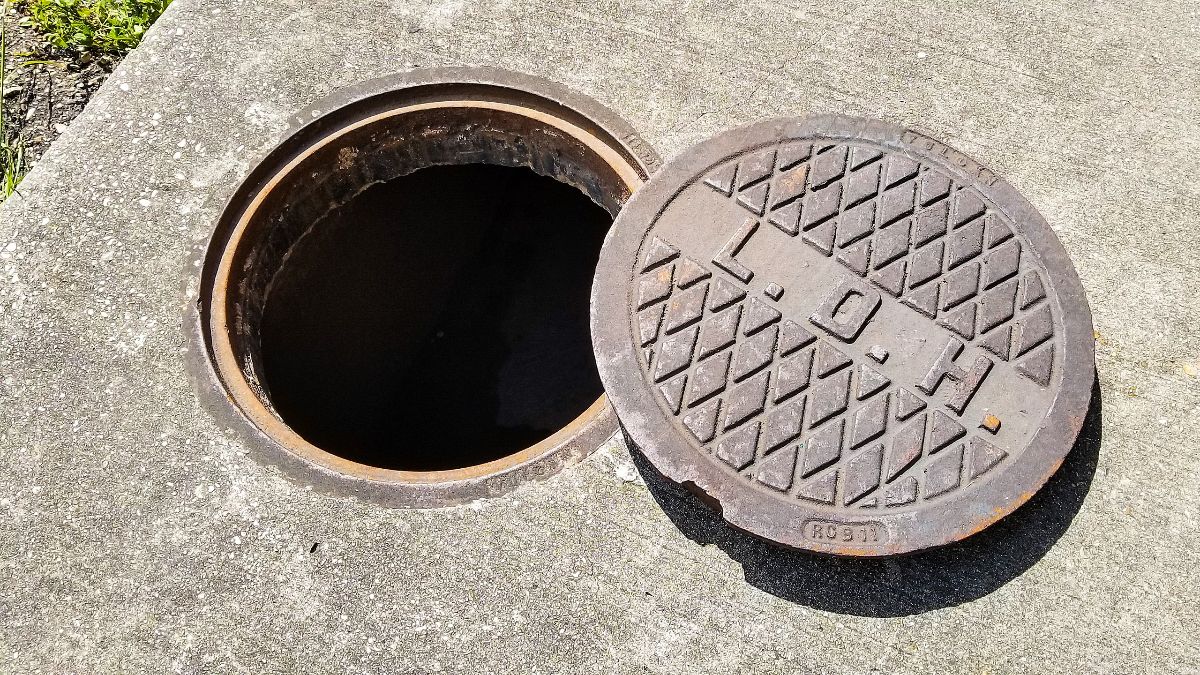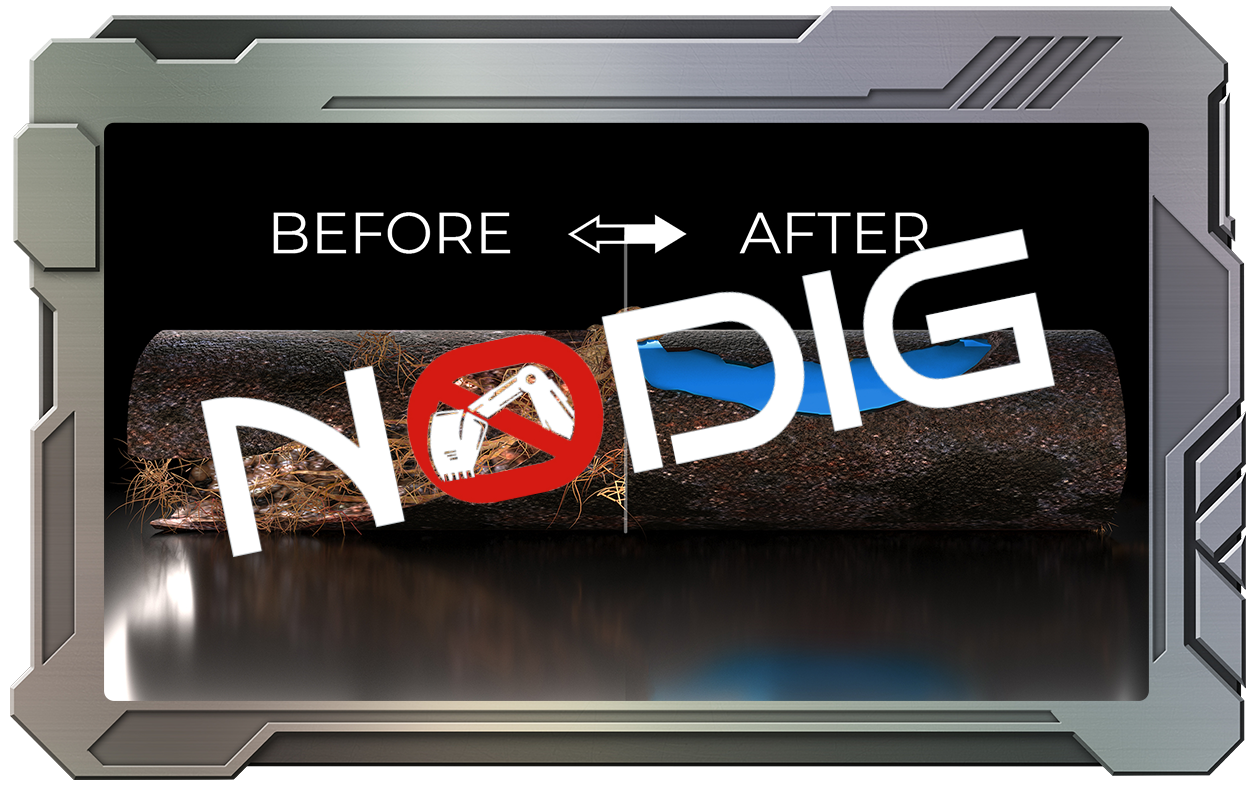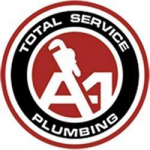Manholes are constructed for constant inspection and deep cleaning of the pipe and sewer line. It is closed by a top lid made of cast iron to avoid unforeseen accidents.
This is essential for all cities, as it's the easiest way to go underground and do sewer line work and maintenance!
This article has all you need to know about what a manhole is, its main purpose, and its different types.
What Is a Manhole?

A manhole, also known as an inspection chamber, is a circular access point built underground to provide access to sewer systems, drainage systems, etc.
Manholes are created large enough to fit a utility worker's body to ensure safety and convenience upon entering.
Manholes are usually located at intersections and occasionally at regular intervals along the utility line to allow workers easy entry to fix potential risks.
What Is the Purpose of a Manhole?
The hole you see on the ground is NOT for design. Manholes are created to regulate wastewater and composite material.
Specifically, manholes are used for the following purposes:
- Rehabilitation of the sewer lines
- Inspection of the drainage system
- Cleaning the clogged pipeline system
Where Is the Location of the Manholes?
Manholes are usually located in a change of direction between the sewer line and the gradient of a sewer line.
It is installed approximately 0.5 m away from the curb line of the road.
A manhole connects you to regulate underground utilities such as the pipe and its additional features, which is why its location should be convenient and easily accessible.
The Components of a Manhole
Manholes have different components, which are the following:
Access Shaft
One of the essential features of a manhole is the access shaft. It is the upper part of the manhole that provides entrance to the working chamber.
This brick masonry must be at least 0.75 m x 0.60 m in size if it's in a rectangular or square shape, and it must be 0. 70 m in diameter if it's circular.
For some, a reinforced cement slab with appropriate dimensions is used to construct the top lid of the access shaft of the manhole wall.
Working Chamber
The working chamber is the lower part of the hole, and its main purpose is to be the "workspace" for maintaining and inspecting the sewer line system.
If the shape of the working chambers is rectangular, they must be 1.2 m x 0.9 m, with a larger side providing for the flow.
And if the shape of the working chambers is circular, the hole height must be 1.8 meters, and the circular chamber's minimum size must be 1.2 meters.
Additionally, the working chamber must be BIGGER than the size of the access shaft to ensure that the worker has a broad point of entry.
Base and Sidewalls
The base of the manhole is usually made of plain cement concrete and is placed at the base level to support the wall of the inspection chamber.
The manhole's base is either semicircular or U-shaped and is constructed with precast concrete or fiberglass material.
The width of the concrete manhole must be the same as the width of the sewer line. The horizontal diameter of the concrete manhole should extend near the top of the sewer line.
Ladder
A ladder is constructed if the manhole depth is greater than 0.8 m. These cast iron steps are positioned inside the manhole in a staggered direction.
To ensure the worker's safety, the ladder must be 38 cm from center to center, horizontally and vertically.
Frame and Cover
The manhole's top open portion is called the "manhole cover." The standard size of the cover must be 56 cm in diameter, and its depth must be greater than 0.9 m.
The frames, walls, and covers are constructed with cast iron, weighing 90 to 270 kg. On top of the walls, the frame is embedded in precast concrete to prevent the top from being slippery.
The Different Types of Manholes
There are three main types of manholes, depending on their depth:
- Shallow Manhole - A shallow manhole has a depth between 75 and 90 cm. These are built at the beginning of a branch sewer in an area with little traffic. The construction of a shallow manhole is made for pipes with a depth that falls on the range.
- Normal Manhole - A normal manhole, on the other hand, has a depth of 150cm. It has a square shape paired with a heavy cover on its surface.
- Deep Manhole - Lastly, a deep manhole has a depth greater than 150 cm that is also paired with a heavy cover on the surface.
Materials Used for Manhole Construction
Different materials are made for constructing an inspection chamber. The material is an important factor in ensuring that the manhole is well-built to access the sewer system reliably.
Listed below are the 3 main materials used for manholes:
Plastic Manholes
Plastic manholes are made of polyethylene material. The polyethylene material is environmentally friendly, which means it does not cause harm to the soil and the ground.
If you want fewer pipes and sewer line rehabilitation, plastic manholes are the best option.
FUN FACT: Plastic manholes are the most commonly used for manhole construction.
Precast Concrete Manholes
If you are looking for the traditional method of building manholes, precast manholes are for you. Precast concrete manholes guarantee quality and a quick installation process.
This traditional method of building manholes is popular because of its durability, with a life span of 100 years.
Fiberglass Manholes
Fiberglass manholes are lightweight and simple to handle, weighing only one-tenth of the total weight of concrete manholes.
Fiberglass manholes have additional features than plastic manholes. These features include the ring, grinder channels, weirs, fumes, and stormwater separation units.
Also, fiberglass manholes are highly durable and environmentally friendly.
What Is a Manhole Cover?
A manhole cover is a removable lid that closes the manhole and protects it from any unauthorized entrance.
These are usually rectangular, square, or circular. The materials used to construct this cover are precast concrete and composite, or a combination of the two.
However, composite material is usually used because they are less expensive, more sturdy, and substantial enough to remain in place on the site.
Types of Manhole Covers
A manhole cover is usually made with a cast iron manhole cover, but different cities use several types of covers, and these are:
Ductile Iron Cover
Ductile iron is the commonly used type of manhole because of its strength, solidity, durability, and resilience.
This type of cover is made with a nodular and cast iron, which aids in possible corrosion. It is a good choice if you are looking at its features rather than its design.
A ductile iron cover has a long life span because it is made with concrete metal, which can also cover the manhole effectively.
Recessed Cover
As the name implies, a recessed cover is placed in a recessed position for layering paver blocks and cement for beautification.
A recessed cover perfectly suits buildings like workshops, hospitals, homes, and gardens.
However, a recessed cover may need constant maintenance, which can be inconvenient.
Solid Top Cover
A solid top manhole is highly durable and environmentally friendly. A solid top lid is made of lighter galvanized material and is designed to be visible on-site.
Frequently Asked Questions
Manhole covers are usually round because it provides a safer design. A round manhole cover won't fall into the hole because you don't have to deal with any corners; therefore, it will be impossible to rotate it the wrong way.
Manholes used to be accessed with only the hands and arms to inspect the inner parts of the boiler.
However, as time passed and it was essential for people to enter sewers for maintenance, it was constructed to be bigger.
This led to the term manhole, which is short for "man-sized hole."
Final Words
A manhole is the best-constructed underground entry for monitoring sewers conveniently. The materials used in the construction are guaranteed durable and toxic-free.
You can choose from a shallow manhole, a normal manhole, and a deep manhole. All of these are usually paired with a cast iron manhole cover to ensure the safety of pedestrians.
Whatever depth of manhole you opt for, always choose what's best for your current situation and environment and what offers the most convenience.
It's great to be listed on NoDig
-
Join a network of verified sewer repair specialists
-
Get recognized
-
Update your business information
Unlock your listing in minutes.






